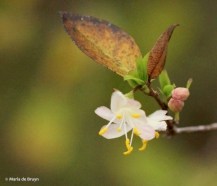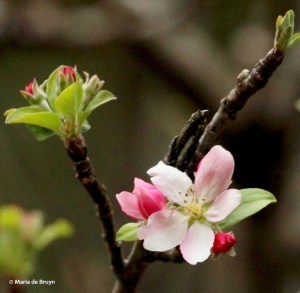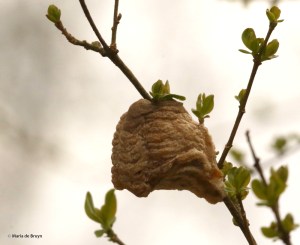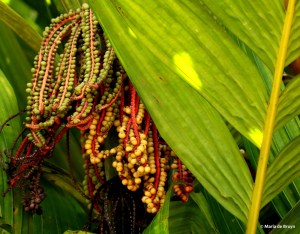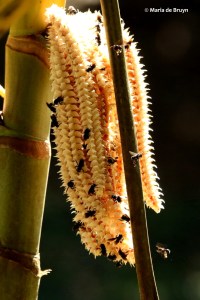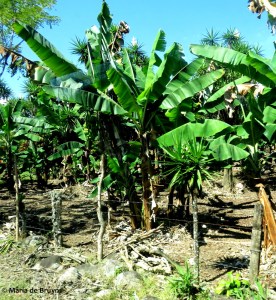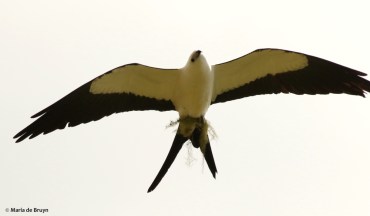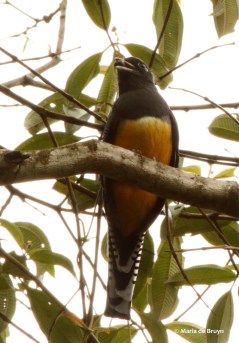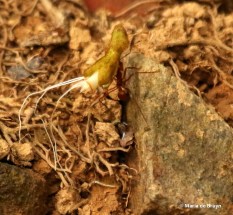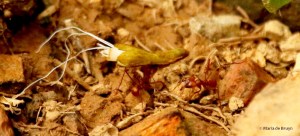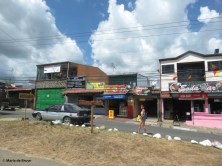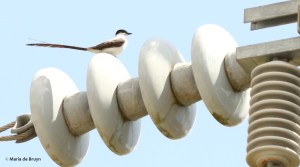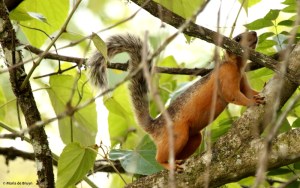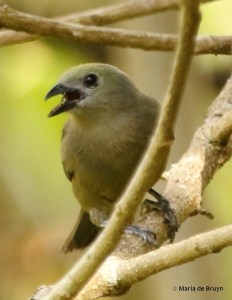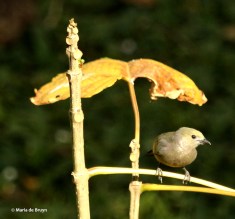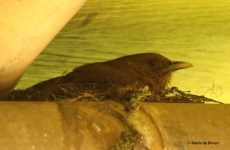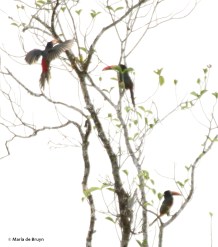 While working on photos for other blogs, it occurred to me that it might be more productive right now to focus on what we, everywhere, are facing with the current pandemic. It’s my hope that as many of us as possible will survive, thrive and overcome the distress we are facing. As we hunker down, like this beautiful mourning dove (Zenaida macroura), we can intensify our nature observations – or begin paying more attention to the wildlife around us when we do go for walks.
While working on photos for other blogs, it occurred to me that it might be more productive right now to focus on what we, everywhere, are facing with the current pandemic. It’s my hope that as many of us as possible will survive, thrive and overcome the distress we are facing. As we hunker down, like this beautiful mourning dove (Zenaida macroura), we can intensify our nature observations – or begin paying more attention to the wildlife around us when we do go for walks.
 Practicing social quarantine and distancing is essential –- even if we live somewhere where authorities are not yet requiring this. Keeping away physically from those outside our households can protect them as well as ourselves. In most places, social distancing rules still allow us to get outside for walks in the fresh air and nature. I have never seen so many people, including families with children, in the local nature reserves and that is a welcome sight. Hopefully, a side effect of this will be much more social support and advocacy for environmental conservation and expansion of natural areas, parks and reserves now and in the future -– that would be an unexpected positive outcome to the measures we are taking to get through these troubled times! (Yellow trout lily above, Erythronium americanum).
Practicing social quarantine and distancing is essential –- even if we live somewhere where authorities are not yet requiring this. Keeping away physically from those outside our households can protect them as well as ourselves. In most places, social distancing rules still allow us to get outside for walks in the fresh air and nature. I have never seen so many people, including families with children, in the local nature reserves and that is a welcome sight. Hopefully, a side effect of this will be much more social support and advocacy for environmental conservation and expansion of natural areas, parks and reserves now and in the future -– that would be an unexpected positive outcome to the measures we are taking to get through these troubled times! (Yellow trout lily above, Erythronium americanum).
 For people who haven’t had the pleasure of getting out much on walks, I wanted to share something about how to possibly enjoy nature even more. From my perspective, a key element is learning to practice patience and to stop, wait, watch and explore frequently. Here are some examples of what you might find. (Common Blue Violet, Viola sororia)
For people who haven’t had the pleasure of getting out much on walks, I wanted to share something about how to possibly enjoy nature even more. From my perspective, a key element is learning to practice patience and to stop, wait, watch and explore frequently. Here are some examples of what you might find. (Common Blue Violet, Viola sororia)
Looking down at the ground can be a fruitful exercise, especially in spring. Fresh new blooms are emerging and can delight us with their beauty (like the Eastern spring beauties, Claytonia virginica).
Bloodroot (Sanguinaria canadensis) – the leaves look like jigsaw puzzle pieces
Rue anemone (Thalictrum thalictroides) Tiny bluet (Houstonia pusilla)
Common chickweed (Stellaria media)
Little sweet Betsy (Trillium cuneatum)
Ground ivy – also known as creeping Charlie (Glechoma hederacea)
Henbit (Lamium amplexicaule) and purple deadnettle (Lamium purpureum)
If you are out with kids, you can pay more attention to the plants –- take photos of them (most reserves and parks don’t want people to dig up and pick flowers) and then look them up at home and learn about them. Or make a game out of fallen leaves –- find three with very different shapes and identify the trees.
If you look closely at the flowers, you might glimpse small bugs flitting around the blooms. If you have a camera or phone camera, try to get a photo. When you enlarge it, you might find that you have actually seen a beautiful fly, bee or other insect whose shape and colors you couldn’t see with the naked eye. If you want to identify it, post the photo to the site BugGuide.net, where entomologists can perhaps tell you what species you saw.
Parasitic fly (Goninii, above)
Greater bee fly (Bombylius major)
Various species of syrphid flies are shown below; they are often mistaken for small bees. The first photos are all of the species Toxomerus geminatus.
Male Female
And below the male and female together.
A species of syrphid fly with a striped abdomen (Syrphus torvus) is characterized by “hairy” eyes (more so in males, like this one). Click to enlarge and see the hairs.
A larger species, Brachypalpus oarus, is not so colorful.
Even if you can’t get outside much, you might see an interesting insect around your house. For example, this male brown-tipped conehead katydid (Neoconocephalus triops) appeared on my porch when I was sweeping.
Butterflies are really starting to fly around now. The bluish spring azures (Celastrina ladon) are abundant right now.
I’ve been seeing falcate orangetips (Anthocharis midea), too.
Damselflies are also starting to appear; we tend to see them earlier than the dragonflies, who spread their wings horizontally when they alight on vegetation. This fragile forktail damselfly (Ischnura posita) was getting covered in yellow pine pollen –- much of North Carolina’s Piedmont region is bedecked in yellow dust during the spring weeks when the pine trees emit clouds of pollen.
Looking in the water can be productive, too. One day, I spent some time scanning the edge of a pond where the water was shallow enough to see the bottom. As I watched little fish darting to and fro, I suddenly noticed something larger moving about quickly. I looked more intently and discovered Eastern newts (also called red-spotted newts, Notophthalmus viridescens) down there – the first time I had seen these amphibians!!
When you see an Eastern gray squirrel (Sciurus carolinensis) scurrying across the leaves in the forest or even alongside a road, stop and watch a bit. I did the other day and saw the mammal locate a winter stash and dig up some food it had stored. This article describes their storage process and reveals that they can probably remember where up to 95% of their stashes are hidden!
Paying attention to fallen logs can reveal beauty, too. This tree that fell across a creek ended up providing a growing place for common blue violets (Viola sororia).
As I walked by some other fallen trees, a common five-lined skink (Plestiodon fasciatus) popped briefly into view, gave me a pensive look and then disappeared into the leaf and twig litter.
Looking up at the trees, you might be lucky to see a wasp nest. The paper wasps (Polistes) make compartmentalized nests, with a place for each individual egg.
Or you may see a large bald-faced hornet’s nest (Dolichovespula maculata).
If you take the time to watch birds, you may see them engaged in looking for food (like insects, nuts, berries and seeds).
Tufted titmouse (Baeolophus bicolor) Brown-headed nuthatch (Sitta pusilla)
Carolina chickadee (Poecile carolinensis) White-throated sparrow (Zonotrichia albicollis)
Blue jay (Cyanocitta cristata) Cedar waxwing (Bombycilla cedrorum)
Black & white warbler (Mniotilta varia) Field sparrow (Spizella pusilla)
On one of my latest walks, I heard rapid knocking and was able to watch a yellow-bellied sapsucker (Sphyrapicus varius) engaged in beginning a new series of sap holes, which provide sweet drinking spots for themselves and other birds.
If you’re able to look at trees, bushes or nest boxes during walks or from your windows, you might catch birds collecting materials for their nests. Just the other day, I saw a Carolina chickadee gathering up some spider web to use in a nest.
If you find a nest, be sure to maintain a good distance, but then watch the parents bringing food to their nestlings after they hatch. If you’re lucky, you may even see the babies fledge! And if you are not near any trees, watch some birds at their nests through webcams online: https://www.allaboutbirds.org/cams/ – https://www.audubon.org/birdcams – https://birdwatchinghq.com/live-bird-cams/ –
https://birdcams.live/
 If, at some point, we are “stuck” inside, we can follow this link to international wildlife days. If we find one to celebrate during our quarantine, we can spend some time learning about that animal and drawing or painting it. And we can do the same for other environmental days as well at this link.
If, at some point, we are “stuck” inside, we can follow this link to international wildlife days. If we find one to celebrate during our quarantine, we can spend some time learning about that animal and drawing or painting it. And we can do the same for other environmental days as well at this link.
To end, I’d like to share some resources with free online nature activities – for children and adults! Not all the sites require having a yard; even readers living in apartments could get out for a short walk and find something to see, investigate, etc. Enjoy!!
- Activities on environment and wildlife: https://ypte.org.uk/factsheets/activities-on-environment-and-wildlife/for-nature-detectives – From the United Kingdom, but the activities can be done here, too!
- World Wildlife Fund: https://www.worldwildlife.org/teaching-resources/ – Asks for your email to send various guides. Also has some video lessons that are available for viewing.
- National Wildlife Federation: https://www.nwf.org/Home/Trees-for-Wildlife/Activities-and-Guides – You download guides as pdfs. Has different ones geared to different age groups.
- Nature activities: https://www.dec.ny.gov/education/72444.html – This one requires a printer to get the checklists but if you have access to one, there are some nice ones!
- Back to Nature Wildlife Refuge – http://www.btnwildlife.org/activities/ – This one also requires a printer but has some nice ideas.
- Themed outdoor classroom activities: https://www.alabamawildlife.org/themed-outdoor-classroom-activities/ – Instructions for parents as pdfs on organizing activities/teaching lessons to children
- Bird Academy Play Lab: https://academy.allaboutbirds.org/learning-games/?utm_source=aab#_ga=2.261244173.1069635355.1584448872-331970787.1584448872 – Online games “powered by birds”!










































































































































